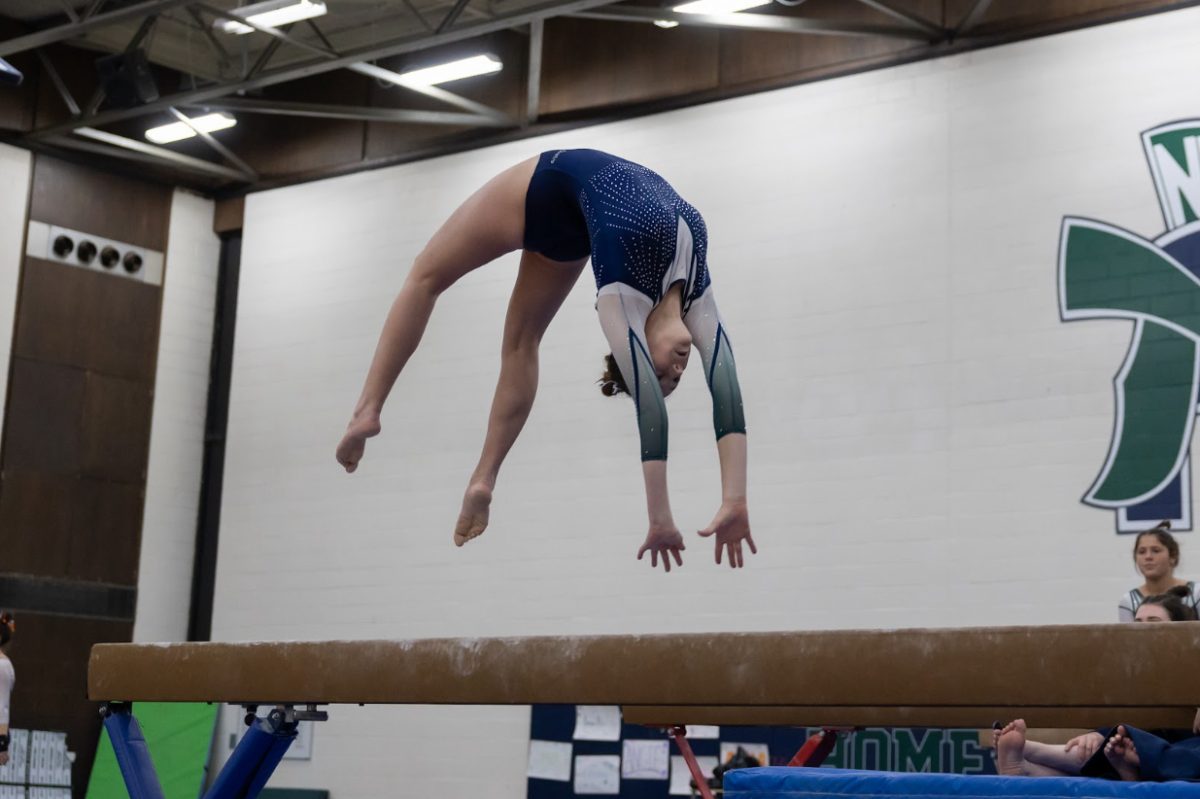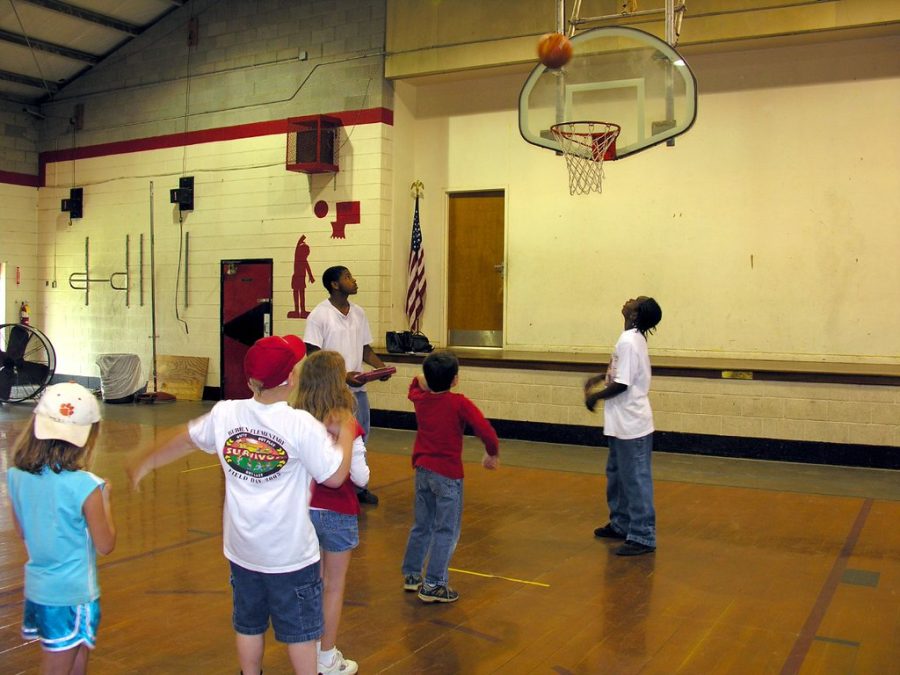The physical education system has failed American students
The health of the average young American continues to deteriorate as schools fail to adequately teach healthy habits
Third grade students play basketball in their gym class
Since the first grade, I have endured the futility of America’s physical education curriculum. Throughout the entirety of my experience, the education aspect has never been on par with the hours I’ve spent playing pickleball and flag football. Schools around the country should prioritize the teaching of healthy lifestyle habits that have far more of an impact on your health and quality of life than 40 minutes of inconsistent exercise.
Over the past three decades, rates of obesity have tripled in American children. According to Harvard’s School of Public Health, the U.S. currently holds one of the highest obesity rates in the world, with one out of every three children being classified as overweight or obese. With the prevalence of the issue and the dangers it imposes, you’d expect that the U.S. government would instate better educational measures to target the younger population and help reduce these numbers, however that is not the case.
Many schools around the country fail to teach the importance of nutrition and the dangers of neglecting it. As a matter of fact, according to the National Center for Education Statistics, only 50 percent of all schools grades K-8 have requirements to receive education regarding nutrition. While 50 percent alone is far too small, only 40 percent have requirements intact for grades 9-10 and only 20 percent for grades 11-12. These are ages where many begin the transition towards adulthood and gain dietary and financial independence. The importance of informing students of these ages is even greater.
However, the U.S. government has still made some efforts towards improving the health of Americans. For example, the U.S. Department of Health and Human Services recommends that people aged 6-17 years old engage in at least 60 minutes of physical activity daily. The problem is that these are mere recommendations and there are no national mandates towards requiring physical education. Furthermore the quality of education students receive is arbitrary and lacks consistency.
The nutrition aspect of physical education needs to be more than just a unit, and prioritized equally if not more than the activity itself. Furthermore, schools should make an effort to encourage students to take on their own forms of exercise outside of school rather than just doing it for them. Physical education needs to be held as high in regard as courses like mathematics and English. In the long-term, your health and wellbeing will impact you far more than your understanding of Calculus.








































